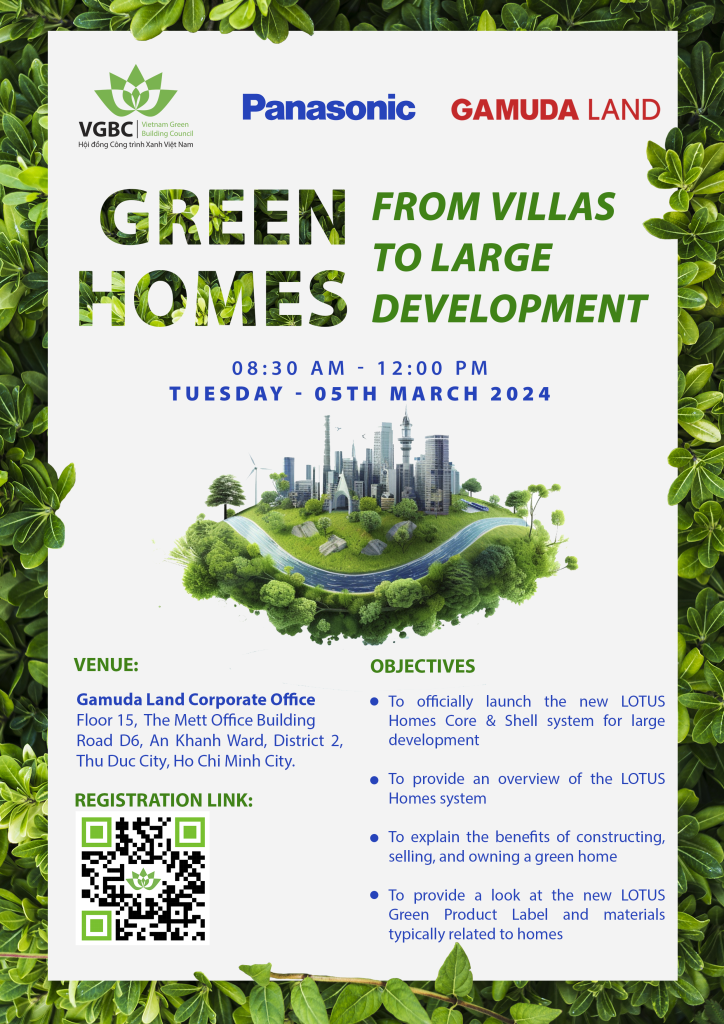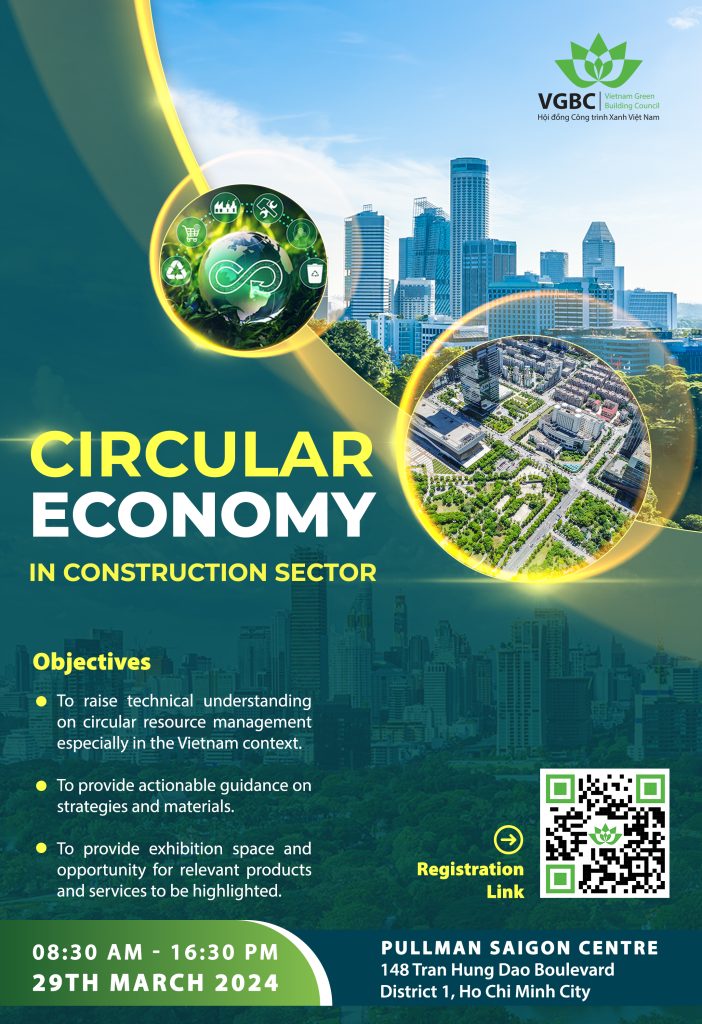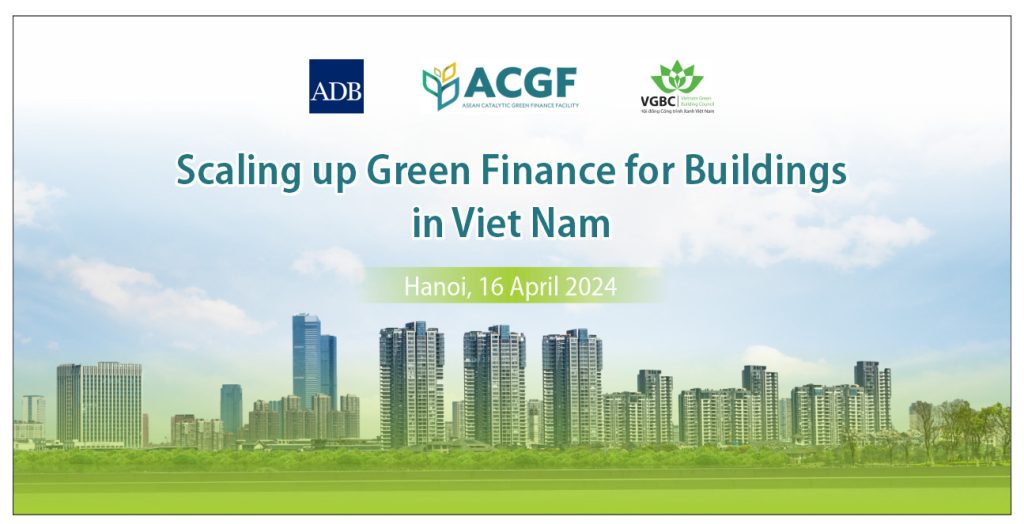GREEN HOMES: FROM VILLAS TO LARGE DEVELOPMENTS EVENT
Location - Ho Chi Minh City
2024-03-05 @ 08:30:00 - 2024-07-01 12:00:00
CIRCULAR ECONOMY IN CONSTRUCTION SECTOR EVENT
Location - Ho Chi Minh City
2024-03-29 @ 08:30:00 - 2024-07-01 17:00:00
INNOVATIVE FINANCE CLINIC: Scaling up Green Finance for Buildings in Vietnam
Location - Hanoi
2024-04-16 @ 08:00:00 - 2024-06-28 17:00:00
LOTUS ACCREDITED PROFESSIONAL (LOTUS AP) TRAINING PROGRAM
Location - Online
2024-04-22 @ 14:00:00 - 2024-06-28 05:00:00

 Tiếng Việt
Tiếng Việt





